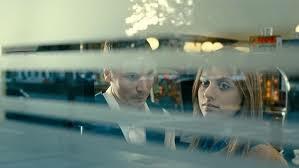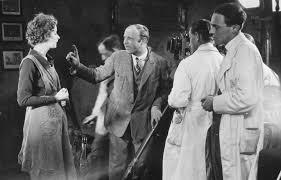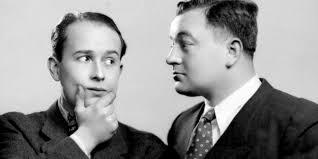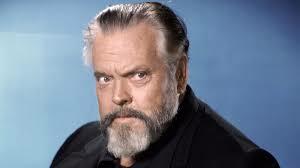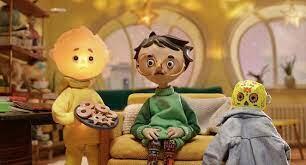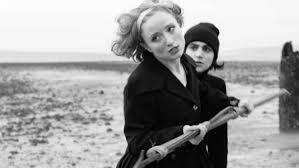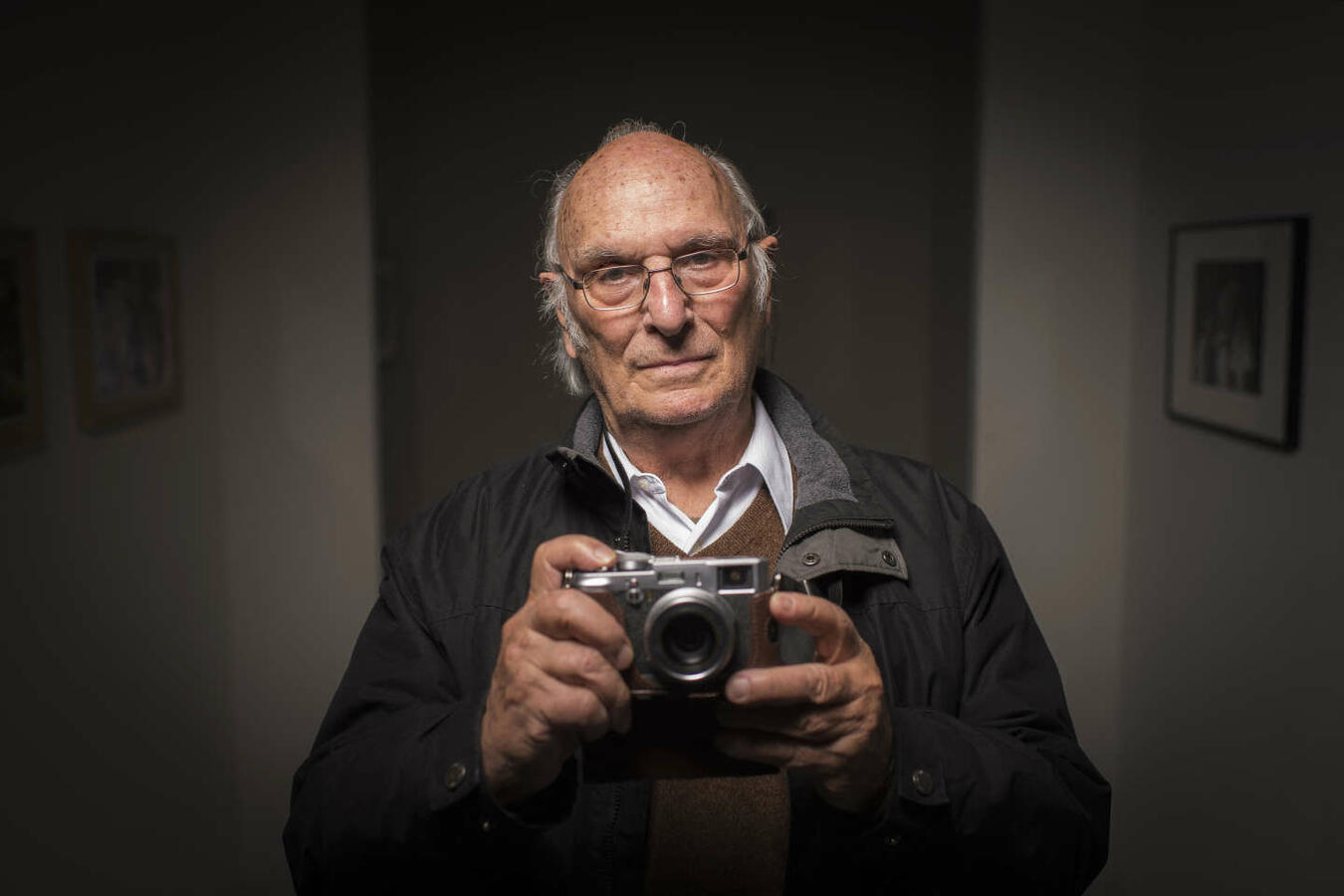
Federico Fellini's The Sweet Life and Michelangelo Antonioni's The Adventures of Michelangelo were screened at the 1960 Cannes Film Festival. At the same time, Carlos Saura made his debut with the realistic film Tape, which critics described as inspired by Luis Buñuel's Forgetting ( 1950). Saura had discovered Buñuel in 1957, when he was impressed by On and The Criminal Life of Archibald de la Cruz, but had not seen Forgetting. That same year, Buñuel competed at the same festival with one of his most forgotten works: The Girl (1960).
Pere Portabella, the producer of Tapeworms, introduced Buñuel to Saura, and during the festival the filming of Viridiana (1961) was arranged. Sometime later, Buñuel appeared as an executioner in Crying for the Bandit, which Saura directed in 1964, and the Huesca director dedicated his film Peppermint Frappé (1967) to the memory of the old master. Saura always admired Buñuel and Buñuel always admired Saura.
If we ask ourselves what is Buñuel's in Saura's films, the answer is more complicated. For the films he made between The Hunt (1965) and Elisa, My Life (1977), it is perhaps more appropriate to talk about the influence of Ingmar Bergman. The grown-up child who recalls what the world of his childhood was like in Cousin Angelica (1973) is far from the professor in The Wild Strawberries (Ingmar Bergman, 1957), but despite the Nordic chill of some of Sauro's work, there is something of Buñuel's poetics in his work. Exploring how Saura shows low passions and how these become pathological can be an interesting clue. The soldier husband in The Old House in the Middle of Madrid (1975) has something distinctly Buñuelan about him; he is a being trapped in his low passions and a reflection of something atavistic, typical of the most archaic aspects of Spanish society.
The second key element may be the role embodied by the elements of the fetish and how they serve to reveal something hidden. There is not so much difference between the chicken claws in the fridge in the Old House in the middle of Madrid and the orthopaedic leg in Buñuel's Tristana. There is something deeply atavistic about both filmmakers that dehumanizes the protagonists and turns them into predators. The testosterone present in The Hunt reflects a patriarchal, violent and morbid world, not far removed from the closed world in Viridiana, moving between the old nobility and the fraudulent aristocracy. This world that subjugates Viridiana is the same patriarchal hell of the men who rape Ana (Geraldine Chaplin), the stranger in Sauro's film.
Ángel Quintana
(Saura frenteBuñuel. Caiman. Cuadernos de cine, no. 175, March 2023)
Program in collaboration with the Instituto Cervantes in Prague.



